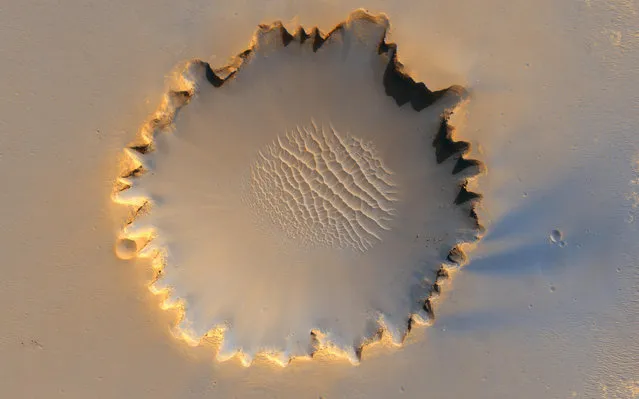
A girl walks past destroyed houses at Basara refugee camp in Sittwe on May 16, 2023, after cyclone Mocha made a landfall. The death toll in cyclone-hit Myanmar's Rakhine state rose to at least 41 on May 16, 2023, local leaders told AFP. (Photo by Sai Aung Main/AFP Photo)
11 Jul 2023 03:02:00,post received
0 comments







